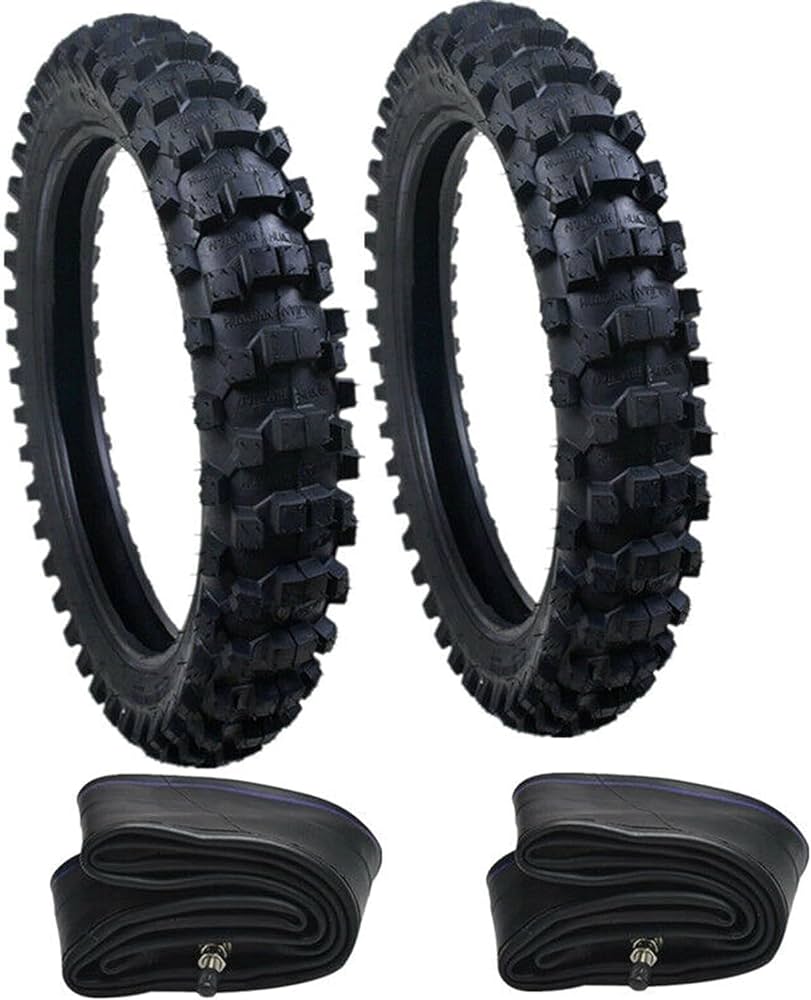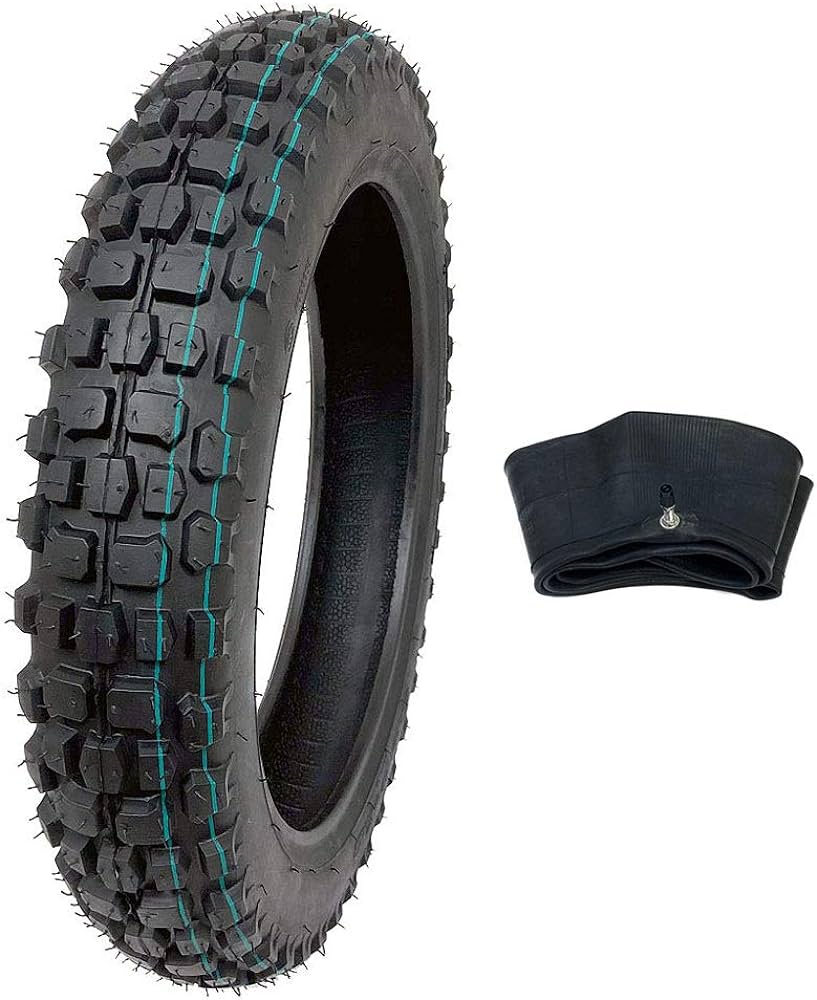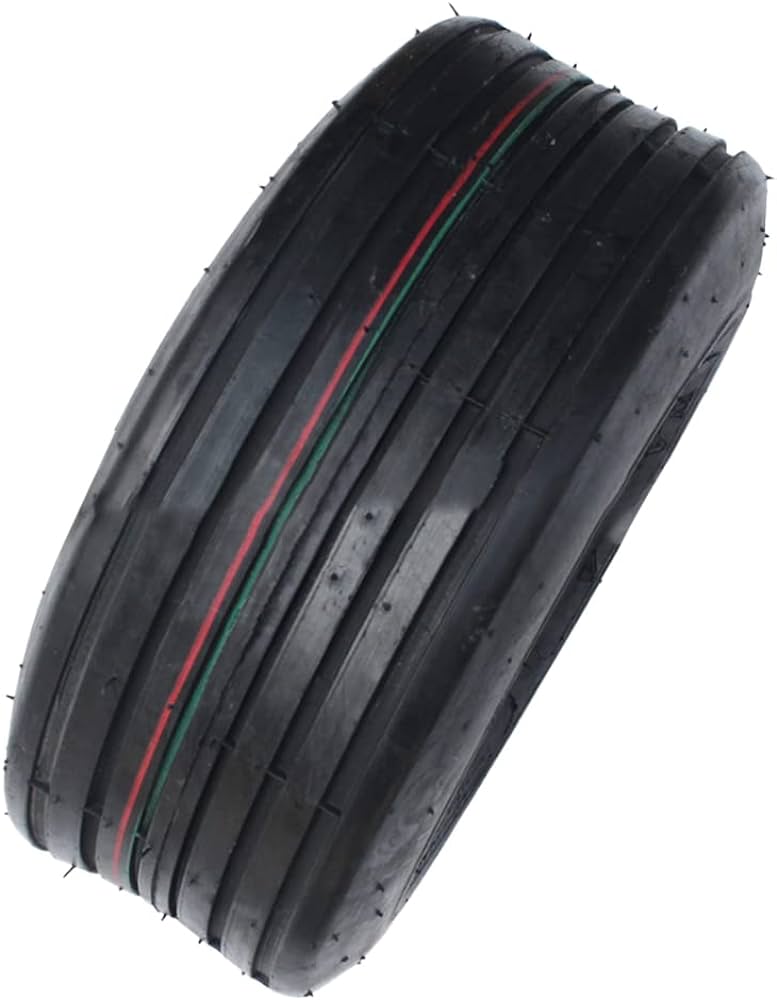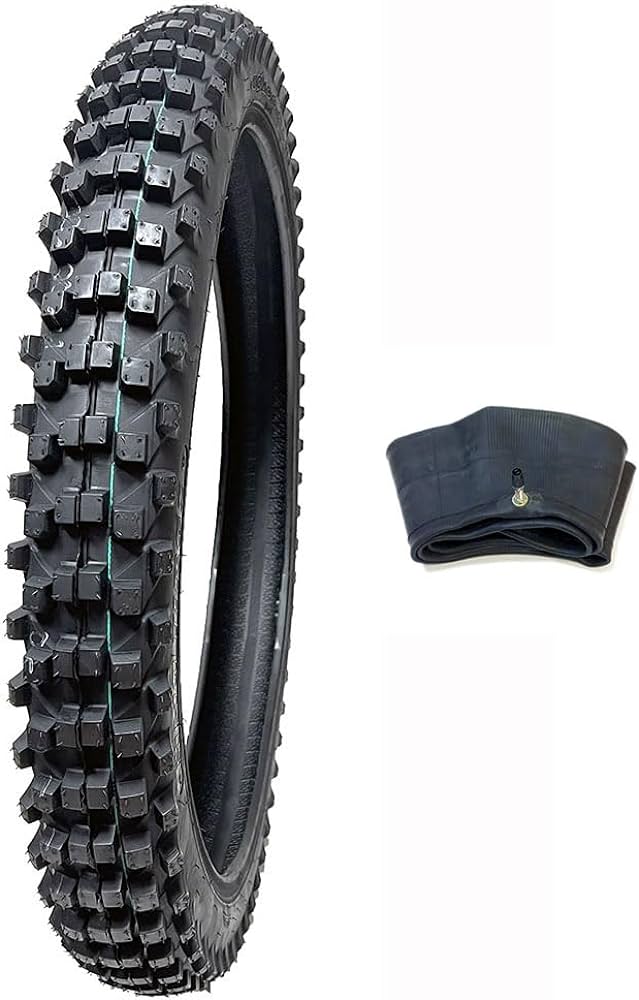Introduction:
Performing a burnout on a motorcycle is a thrilling activity that requires skill, control, and an understanding of the motorcycle’s mechanics. While it can be an impressive display at events or simply for fun, it’s crucial to ensure safety and minimize wear and tear on your motorcycle. This comprehensive guide outlines the necessary steps, equipment, precautions, and techniques to successfully and safely execute a burnout on a motorcycle.

How to Do a Burnout on a Motorcycle:
What Are the Steps and Precautions?
Understanding the Mechanics of a Motorcycle Burnout
Before attempting a burnout, it’s essential to understand the basic mechanics involved.
Definition and Purpose: A burnout, also known as a peel out, is an action where the motorcycle’s rear wheel spins rapidly while the motorcycle remains stationary. This creates smoke from the tire due to friction. Burnouts are often performed for entertainment, during motorcycle events, and as a display of rider skill.
The Role of the Clutch and Throttle: The clutch and throttle are crucial components in executing a burnout. The clutch disengages the engine from the transmission, allowing the engine to rev without propelling the motorcycle forward. The throttle controls the engine’s power, increasing the rear wheel’s speed.
Wear and Tear Considerations: Performing burnouts can lead to significant wear on the rear tire, clutch, and transmission. Therefore, it should be done sparingly and with understanding of potential impacts on the motorcycle’s longevity.

Preparation and Safety Precautions
Proper preparation and adherence to safety precautions are critical when performing a burnout.
Selecting a Safe Location: Choose a flat, open area free from obstacles, debris, and pedestrians. Ideal locations include empty parking lots or designated burnout zones at motorcycle events.
Appropriate Gear: Wear full protective gear, including a helmet, gloves, jacket, pants, and boots. This protects you from any accidental falls or debris.
Inspecting the Motorcycle: Ensure your motorcycle is in good working condition, particularly the rear tire, clutch, and brakes. Adequate tire tread is necessary for effective traction and control during the burnout.
Personal Readiness: Only attempt a burnout if you are confident in your ability to control the motorcycle and have sufficient experience. Fatigue or distractions can compromise your control and safety.
Steps to Perform a Burnout on a Motorcycle
Follow these detailed steps to perform a burnout on a motorcycle.
Step 1: Positioning the Motorcycle
Stabilize the Motorcycle: Place your motorcycle in an upright, stable position using a center stand or have a friend hold the bike securely from behind. Keep the front wheel straight and the handlebars steady.
Select First Gear: Engage the first gear to give you the necessary control over power and acceleration. Keep the clutch lever fully pulled in to disengage the engine from the transmission.
Step 2: Engaging the Throttle
Increase Throttle: Twist the throttle to raise the engine RPMs. Find a balance where the engine is revving high enough to produce sufficient power but not so high that it’s difficult to control.
Modulate the Clutch: Gradually release the clutch lever until you feel the rear wheel starting to engage with the power from the engine. The motorcycle should remain stationary at this point.
Step 3: Applying the Front Brake
Firmly Apply the Front Brake: Pull the front brake lever firmly to lock the front wheel in place. This prevents the motorcycle from moving forward during the burnout.

Step 4: Initiating the Burnout
Fully Release the Clutch: Once the rear wheel engages, fully release the clutch lever while maintaining a high throttle. The rear tire should start spinning rapidly, creating smoke from the friction.
Maintain Control: Use smooth, controlled movements to maintain the burnout. Avoid over-revving the engine or releasing the front brake, as this could cause the motorcycle to move unpredictably.
Step 5: Concluding the Burnout
Gradually Release the Throttle: Slowly decrease the throttle to reduce the rear wheel’s speed. Avoid abruptly closing the throttle, as this can cause the motorcycle to jerk or stall.
Secure the Motorcycle: Once the burnout is complete, release the front brake and ensure the motorcycle is stable. Check the rear tire for any significant damage or wear.
Tips for Successful and Safe Burnouts
Incorporating these tips can help ensure a successful and safe burnout.
Smooth Throttle Control: Smooth and precise throttle control is essential for maintaining a controlled burnout. Abrupt or excessive throttle inputs can make the motorcycle challenging to control.
Balancing Power and Grip: Finding the right balance between power and grip is crucial. Too much power can cause the rear wheel to break traction uncontrollably, while too little can prevent the burnout from occurring.
Avoiding Overheating: Limit the duration of burnouts to prevent overheating the rear tire and engine. Prolonged burnouts can cause excessive wear and potential damage.
Practicing Patience: Burnouts require practice and patience. Start with short, controlled attempts and gradually build your confidence and skill level.

Common Mistakes and How to Avoid Them
Being aware of common mistakes can help you execute burnouts more effectively and safely.
Excessive Throttle: Applying too much throttle can cause the rear wheel to spin out of control. Avoid revving the engine excessively and maintain a steady, moderate throttle input.
Unstable Handlebars: Keep the handlebars steady and straight to prevent the motorcycle from veering to one side. A firm grip and balanced stance help maintain control.
Insufficient Front Brake Pressure: Ensure the front brake is applied firmly enough to prevent any forward movement. Inadequate pressure can result in the motorcycle lurching forward unexpectedly.
Lack of Preparation: Neglecting to inspect the motorcycle’s condition and the riding environment can lead to avoidable accidents. Always prepare thoroughly to ensure safety.
Effect on Motorcycle Components
Understanding the potential impact of burnouts on motorcycle components can help mitigate wear and damage.
Tire Wear: Burnouts cause significant wear on the rear tire, reducing tread life. Regularly inspect the tire for damage and replace it if necessary to maintain safe riding conditions.
Clutch Wear: Frequent burnouts can lead to clutch wear due to the high stress placed on the clutch plates. Monitor clutch performance and seek professional maintenance if you notice slippage or difficulty shifting.
Brake System Strain: The front brake system experiences substantial strain during burnouts. Periodically check brake pads, rotors, and fluid levels to ensure optimal performance and safety.

Practicing Responsibly
Practicing burnouts responsibly helps maintain safety and respect for your surroundings.
Designated Areas: Perform burnouts in designated areas, such as closed courses or events that allow such activities. Avoid public streets or populated areas to ensure safety and prevent disruptions.
Environmental Considerations: Be mindful of the environmental impact of burnouts, particularly regarding noise and tire smoke. Practice in areas where these factors are less likely to cause issues.
Legal Considerations: Check local laws and regulations regarding burnouts. Some regions may have strict laws against such activities due to safety and environmental concerns.
Conclusion
Performing a burnout on a motorcycle requires skill, control, and adherence to safety precautions. Understanding the mechanics, preparing adequately, following step-by-step instructions, and practicing responsibility ensures a thrilling yet safe experience. By incorporating tips for successful burnouts, avoiding common mistakes, and being aware of the impact on motorcycle components, you can enjoy this activity while minimizing risks. Whether for entertainment or skill display, executing burnouts responsibly enhances your riding experience and showcases your mastery over your motorcycle.











